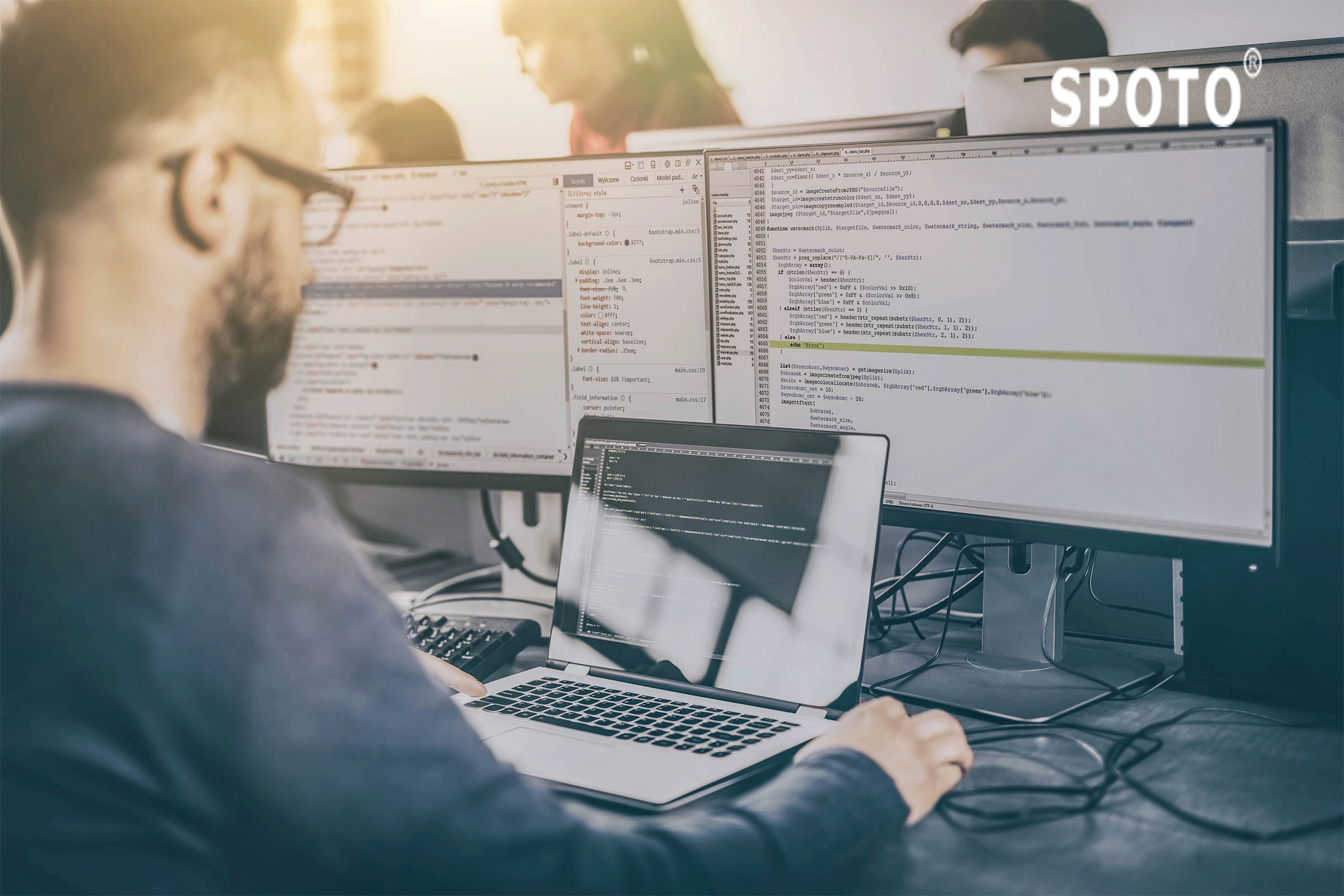Before we discuss the Layer 2 Virtual Switching Capability which was added to the CCIE Routing and Switching Lab Exam, let’s first gain an overview of the CCIE Routing Switching Lab Exam.
About the CCIE Routing and Switching Lab Exam:
The Cisco Certified Internetwork Experts Routing and Switching lab exam, otherwise known as CCIE R&S is considered to be an eight-hour, hands-on exam which would require the candidates to configure as well as troubleshoot a series of complex networks into given specifications. Knowledge of troubleshooting is also considered to be an important skill and candidates are expected to diagnose as well as solve the issues as part of the CCIE R&S lab exam. You wouldn’t be able to configure the end-user systems but are considered to be responsible for all the devices which would be residing in the network, hubs, etc. Point values, as well as the testing criteria, are provided. More detail could be found on the Routing and Switching Lab Exam Blueprint and the list of Lab Equipment as well as IOS Versions. CCIE R&S would be very difficult to obtain unless you gain the best training modules that would be obtained by enrolling in SPOTO.
Lab Environment:
The Cisco documentation is available in the lab room, but the exam would be assuming the knowledge of the more common protocols as well as technologies. The documentation could be navigated with the utilization of the index. No outside reference materials would be permitted inside the lab room. You are required to report any suspected equipment issues to the proctor during the examination; adjustments wouldn’t be allowed to make once the exam is over.
Lab Exam Grading:
The labs are graded by the proctors who would be ensuring that all the criteria have been met. They would be utilizing automatic tools for gathering data from the routers so as to perform preliminary evaluations. Candidates are required to reach a minimum threshold in all three sections as well as achieve an overall passing score to clear this exam.
Now, let’s discuss the inclusion of the new Layer 2 switching capability in the virtual lab environment of the CCIE Routing & Switching Troubleshooting exam
In the alignment with CCIE level requirements, Cisco would be adding L2 switching features to the Troubleshooting exam in the CCIE R&S through L2 IOS software on Unix (L2IOU) virtual environment. The new feature would be available from January 17, 2011.
The CCIE R&S exam would be consisting of 2 sections i.e.The troubleshooting (TS) section will be two hours and the configuration (configuration) section will be about six hours. The Config lab would be utilizing actual physical devices in racks, whereas, the TS lab would be utilizing a virtual environment under IOU. IOU would be contributing a very realistic simulation of the router (L3+) features into the TS lab but until now was having no L2 switch capability. With the addition of the new L2IOU, the TS lab would now be including both L2 and L3 capabilities in the virtual environment.
With this new capability, you might notice that some subtle cosmetic as well as functional differences between the behaviors of the physical switch as well as the virtual switch. However, the function of the devices would be fundamentally the same, and these differences wouldn’t be affecting your ability to applying what you have learned to gain success in the lab exam.
Thus as you have gone through the above mentioned new addition, and if you wish to obtain the CCIE R&S Certification, you should enroll yourself in the training provided by the SPOTO, which also includes all the latest features in their training.

 Join Telegram Study Group ▷
Join Telegram Study Group ▷














